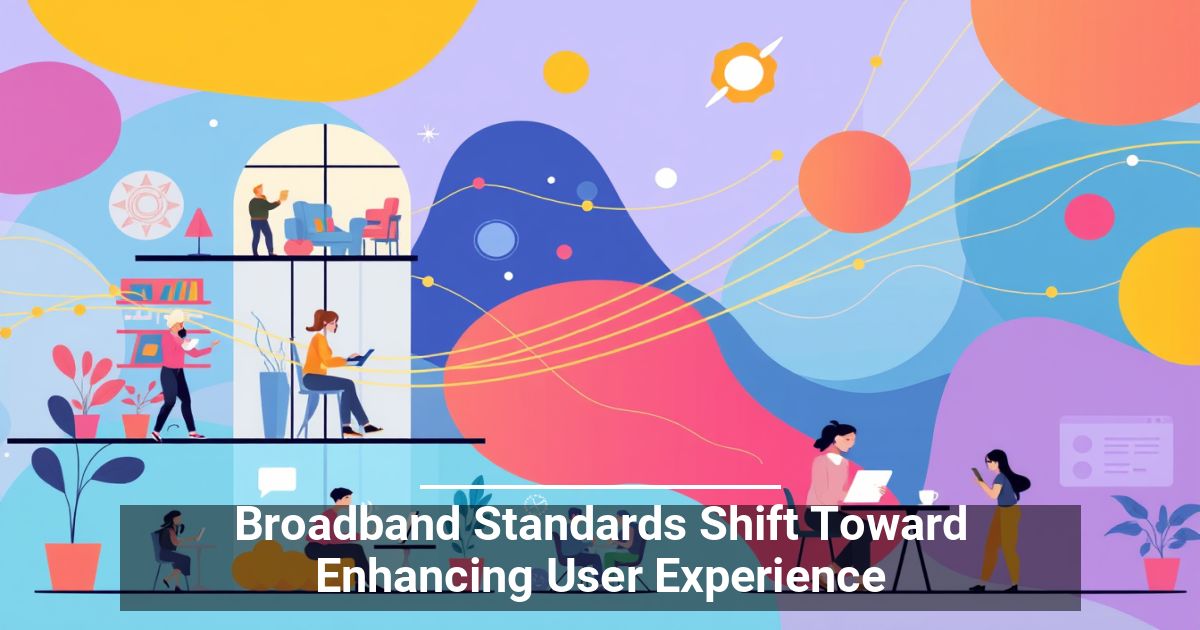 Broadband is nothing new, especially in the commercial business realm. Starting in the early 2000s, broadband began replacing dial-up internet, making it so that customers no longer had to call a specific phone number to receive a modem connection. Instead, broadband provides “always on” internet service — but what exactly is it, and how has it recently evolved to enhance user experiences?
Broadband is nothing new, especially in the commercial business realm. Starting in the early 2000s, broadband began replacing dial-up internet, making it so that customers no longer had to call a specific phone number to receive a modem connection. Instead, broadband provides “always on” internet service — but what exactly is it, and how has it recently evolved to enhance user experiences?
What Is the Purpose of Broadbands?
Broadband, also known as high-speed internet, made it possible for the first time for customers to use online services and the phone simultaneously by splitting one signal line. This revolutionized businesses, especially since they could then multitask with limited downtime. For instance, employees could speak to customers on the phone while remaining online and logged into the company’s website or system.
The History of Broadband
Unfortunately, while broadband allowed us to connect to the internet unlike ever before, it had its faults. For instance, you would have to have non-stop connectivity to the internet. Otherwise, interrupted or downed connections would cause a blackout that would leave you without any online access until you were able to schedule an engineer to come over and repair the issues manually.
Customers (especially business owners) were put out by unreliable internet and disruptions in connectivity that put their companies on pause. On the flip side, internet service providers (ISPs) found themselves hemorrhaging money due to frequent call-out costs and customer turnover, as customers terminated their services out of annoyance.
Luckily, over the years, TR-069 has played a pivotal role in broadband device management by allowing ISPs to remotely configure and manage all user devices. This technical specification made broadband services more efficient and reliable with fewer customer interruptions. Customers could also upgrade according to their needs.
For example, a customer could opt for cable broadband that connects their business and local fiber cabinet via coaxial cables for faster speeds than copper cables. This option may have slower speeds during peak hours but offers reliability during electrical storms and better availability than fiber-optic connectivity. However, the latter performs data transmission at the speed of light over long distances.
A Recent Shift in Standards for Better Online Experiences
But, now that speed and quality connection are a given, providers are seeking other perks to set them apart from their competitors. That’s why many ISPs are turning toward latency control, where they not only offer enough bandwidth to transmit data but enhanced throughput so more data can pass through the bandwidth faster without congestion.
If providers can successfully include end-to-end low latency and service-aware intelligence that prioritizes certain traffic during congestion, they can better reach custom expectations. That way, businesses can do everything from file and data sharing to video conferencing, from uploading and downloading content to online shopping without lagging.
As ISPs regularly improve their broadband and Wi-Fi networks, business owners like you should continue to compare rates and abilities for the best deals available. So, consider your needs and preferences and allow your company to thrive with the right network!



